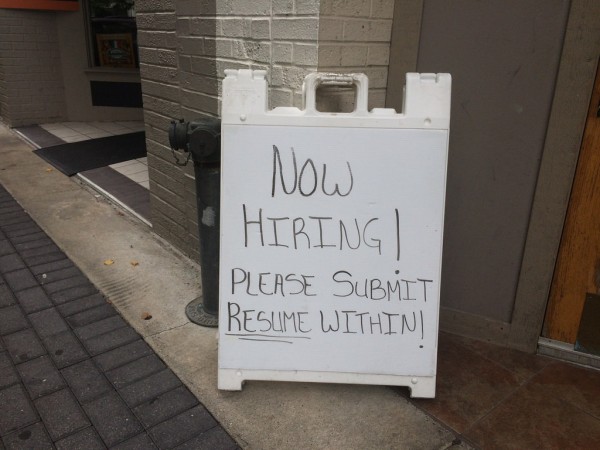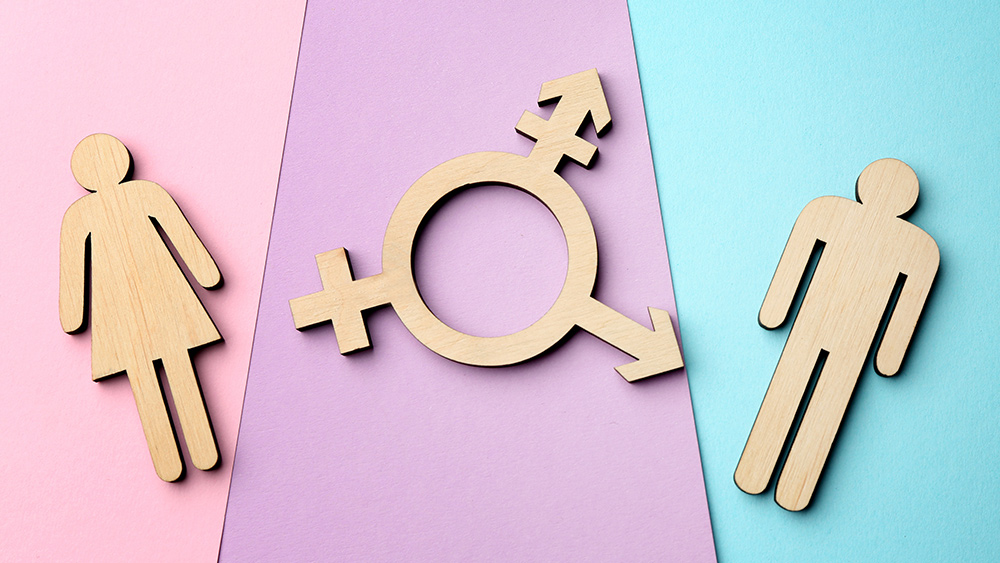 Parler
Parler Gab
Gab
- The U.S. economy added 177,000 jobs in April, surpassing economist predictions and highlighting labor market resilience amid uncertainties from trade policies, federal cutbacks and inflation.
- Healthcare (+51,000 jobs), transportation (+29,000) and financial services (+14,000) led job gains, while manufacturing remained flat and federal government employment declined. The labor force participation rate rose to 62.6%, and average hourly earnings increased by 3.8% annually.
- The April jobs data predates President Trump's tariff announcements, which have since caused market volatility and uncertainty for businesses. Economists warn that the impact of these tariffs on future hiring remains unclear.
- The unemployment rate held steady at 4.2%, near a two-decade low. However, disparities persist, with Black Americans (6.3%) and teenagers (12.9%) experiencing higher unemployment rates. The number of long-term unemployed also increased by 179,000 in April.
- The Federal Reserve is expected to maintain its current stance on interest rates, waiting to see how tariffs affect inflation and consumer spending.
Healthcare and transportation lead, but tariff anxiety grows
Gains in healthcare (+51,000 jobs), transportation (+29,000) and financial services (+14,000) fueled April’s robust showing, offsetting flat sectors like manufacturing and a decline in federal government employment. The labor force participation rate edged up to 62.6%, while average hourly earnings rose 3.8% annually, providing modest relief to workers amid rising costs. However, economists caution that the report reflects hiring decisions made before President Trump’s April 2 tariff announcements, which have since triggered volatility in markets and corporate planning cycles. “These numbers are solid, but they don’t tell us much about how businesses will react to new tariffs in coming months,” said Thomas Simons, chief U.S. economist at Jefferies. “Projections of future hiring are confusing because businesses are waiting to see if the administration’s policies stick—or if they’re just negotiating tactics.” The labor market’s strength has drawn partisan praise and skepticism. Trump’s camp seized on the data as evidence of his “pro-freedom” economic policies, while critics highlighted lingering risks. “Uncertainty is the new normal,” said James Knightley of ING Financial Markets. “Tariffs strain supply chains and deter capital investment. The nervousness has only just begun.”Federal layoffs stall amid legal battles
A decline of 9,000 federal jobs narrowed the unemployment rate’s downward trajectory, though the figure masks wider turmoil in Washington. The Trump administration’s proposed cuts to civilian agencies, including the newly formed Department of Government Efficiency, have stalled due to court injunctions and severance plans for furloughed workers, who are still counted as “employed” in labor statistics. Experts predict the full impact of job reductions will not be reflected in BLS data until late 2025. Meanwhile, border restrictions and immigration crackdowns have tightened labor pools in sectors like construction, agriculture and healthcare. “Fewer foreign-born workers mean companies struggle to fill roles, which could push unemployment artificially low even as hiring slows,” said Matthew Chamberlain, a labor economist at the Cato Institute.A two-decade low—but for how long?
The unemployment rate of 4.2% has hovered near levels last seen in 2000, a decade before the Great Recession, reflecting a post-pandemic recovery many economists deemed improbable. But comparing today’s labor force to 2000’s is fraught with differences: today’s workforce faces higher automation, shifting immigration trends and structural shifts like remote work. April’s report also highlights uneven progress: while older workers enjoy historically low unemployment (3.7% for adult women, 4% for adult men), Black Americans (6.3%) and teenagers (12.9%) remain disproportionately unemployed. The number of long-term unemployed—jobless for 27 weeks or more—rose by 179,000 in April, reversing gains made in 2023.“Shortest depression” hope vs. rising stakes
Trump advisor and economist Robert Frick previously speculated that if job gains and temporary layoff trends continued, the ongoing economic slowdown could become “the shortest depression in history.” But recent data complication that narrative. “The labor market is holding up,” the president said in a Truth Social post, “but this is the calm before the storm.” Business surveys, however, paint a less optimistic view. Consumer confidence hit record lows in April, according to the University of Michigan, while firms like General Motors and JetBlue have suspended earnings forecasts, citing trade policy instability.The Fed’s hold-and-wait strategy
The Federal Reserve, which meets May 8-9 to set interest rates, is unlikely to pivot immediately given Friday’s data. Markets anticipate the central bank will pause on cuts until seeing how tariffs reshape inflation and consumer spending. Fed Chair Jerome Powell faces pressure to reassure markets while monitoring wage growth, now at 3.8%, and lingering layoffs in sectors like retail and manufacturing. For workers and employers, the anxiety persists. “Every new policy from Washington makes us second-guess,” said Maria Lopez, CEO of a midsize logistics firm in Ohio. “We’ll keep hiring where possible, but tariffs could kill our margins this quarter.” As April’s numbers close the books on the second quarter of Trump’s term, the U.S. economy now faces a pivotal test: can a resilient labor market outpace the political and economic crosswinds of D.C.? The answer may determine whether the current era of job growth records endures—or ends abruptly. Sources for this article include: YourNews.com BLS.gov WSJ.comFarmers rally behind Trump’s trade policies as confidence and investment surge, barometer shows
By Laura Harris // Share
China’s copper stockpile surge sparks fears of global supply crisis amid trade tensions
By Willow Tohi // Share
U.S. manufacturers see surge in orders as tariffs reshape supply chains
By Laura Harris // Share
USDA cracks down on SNAP benefit fraud in nationwide operation
By Laura Harris // Share
Corporate America’s DEI standoff: Why major companies are defying the backlash
By Ava Grace // Share
Governments continue to obscure COVID-19 vaccine data amid rising concerns over excess deaths
By patricklewis // Share
Tech giant Microsoft backs EXTINCTION with its support of carbon capture programs
By ramontomeydw // Share
Germany to resume arms exports to Israel despite repeated ceasefire violations
By isabelle // Share










